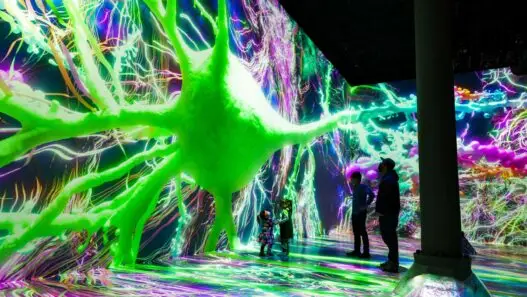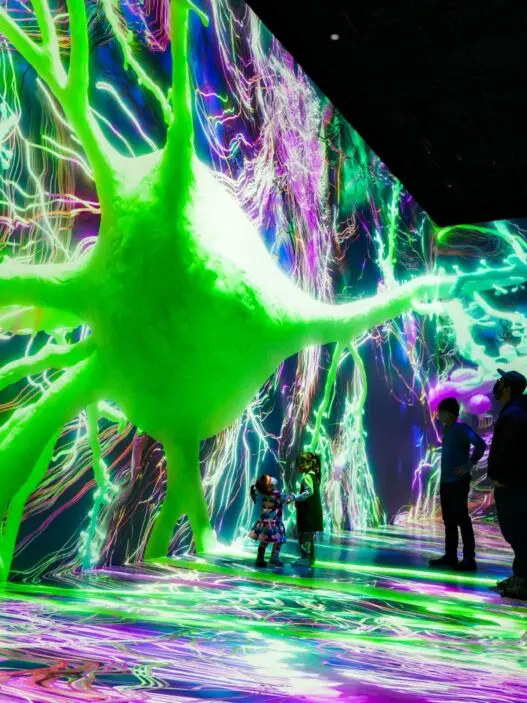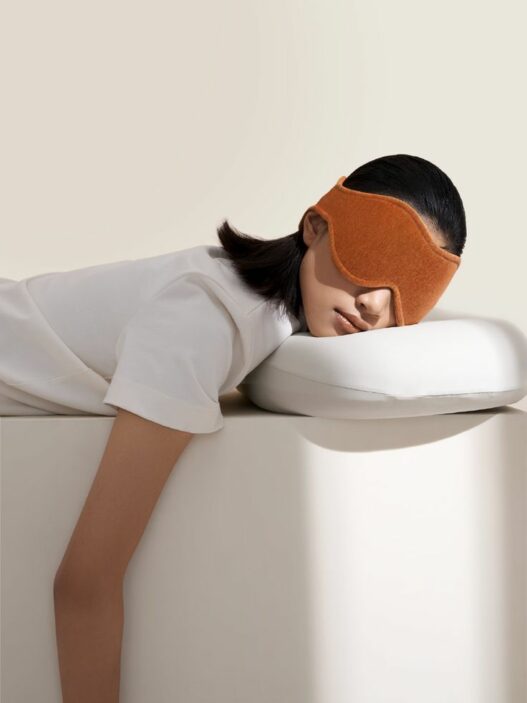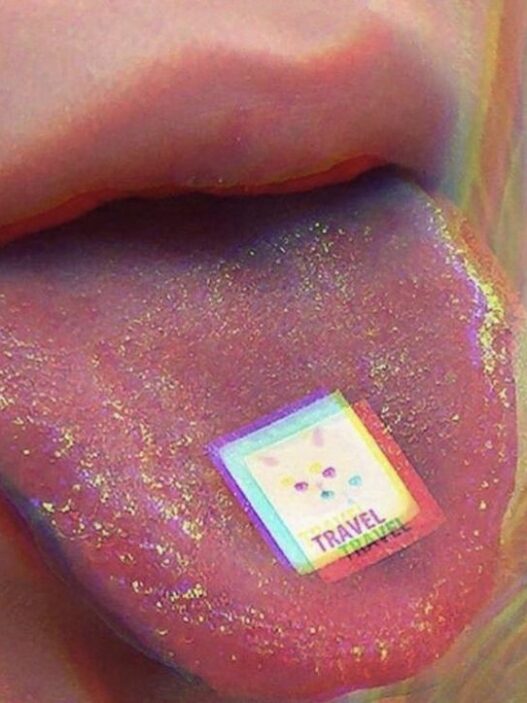What if a simple exposure to magnetic fields could enhance deep REM sleep, boost memory, and improve cognitive function?
Magnetic Field Exposure (MFE) is an emerging technology that shows potential for enhancing sleep quality by influencing brainwave activity and neurotransmitter function. Studies suggest that MFE may increase REM sleep duration, regulate circadian rhythms, and promote neural plasticity.
Let’s dive into the science of MFE and deep REM sleep and its impact on brain health.
1. What is MFE (Magnetic Field Exposure)?
Magnetic Field Exposure (MFE) refers to the application of low-frequency electromagnetic fields to the brain or body to influence sleep cycles, cognitive function, and cellular repair.
🔹 MFE is used in sleep therapy, neurostimulation, and cognitive enhancement
🔹 Studies suggest it affects brainwave patterns (theta, delta, and gamma waves)
🔹 Magnetic fields are thought to regulate melatonin and serotonin levels, improving sleep quality (Basler et al., 2021)
💡 Analogy: Think of MFE as a tuning fork for the brain, helping align its natural rhythms for better sleep.
2. How MFE Enhances Deep REM Sleep
REM (Rapid Eye Movement) sleep is the most critical stage for memory consolidation, emotional regulation, and brain recovery. MFE appears to enhance this process by:
🔹 Increasing REM sleep duration by up to 20% in experimental studies (Sharma et al., 2019)
🔹 Stimulating slow-wave sleep (SWS) activity, which promotes deeper sleep cycles
🔹 Modulating neurotransmitters like GABA and serotonin, key players in sleep induction
💡 Analogy: MFE acts like a conductor for the brain’s sleep orchestra, optimizing its rhythm for deeper rest.
3. Effects of MFE on Brain Function and Memory
During deep REM sleep, the brain undergoes synaptic pruning and memory consolidation, essential for cognitive function and learning.
🔹 Increases hippocampal activity, improving memory retention (Volkow et al., 2017)
🔹 Enhances neuroplasticity, the brain’s ability to form new connections
🔹 Reduces beta-amyloid buildup, lowering the risk of neurodegenerative diseases like Alzheimer’s
💡 Analogy: MFE acts like a mental “reset button”, helping the brain clear out unnecessary clutter and strengthen important memories.
4. MFE and Circadian Rhythm Regulation
MFE has been shown to synchronize circadian rhythms, which control the body’s sleep-wake cycle.
🔹 Boosts melatonin production, the sleep hormone, leading to faster sleep onset
🔹 Reduces nighttime cortisol levels, preventing stress-related sleep disturbances
🔹 Enhances sleep efficiency, helping individuals reach REM sleep more quickly (Rattenborg et al., 2020)
💡 Analogy: If your circadian rhythm is an internal clock, MFE helps keep it perfectly on time.
5. Potential Benefits of MFE for Sleep Disorders
MFE may offer a non-invasive solution for individuals struggling with sleep disorders such as:
✔ Insomnia – Helps induce sleep faster and promotes deep REM cycles
✔ Sleep Apnea – Improves airflow regulation by affecting brainstem activity
✔ PTSD-Related Sleep Disturbances – Reduces nightmares and sleep fragmentation
✔ Jet Lag – Resets the body’s sleep cycle after travel
💡 Fun Fact: Some studies suggest that astronauts use MFE to regulate sleep cycles in space where normal circadian rhythms are disrupted!
6. How to Use MFE for Deeper Sleep
If you’re interested in trying MFE to improve sleep, here are some methods:
✔ Wearable PEMF (Pulsed Electromagnetic Field) Devices – Small sleep bands or mats emit low-frequency magnetic fields
✔ Magnetic Mattress Pads – Designed to enhance sleep cycles naturally
✔ Smart Sleep Headbands – Use transcranial magnetic stimulation (TMS) to enhance REM sleep
✔ Magnetic Therapy Rooms – High-tech clinics offer full-body electromagnetic exposure for deep sleep optimization
💡 Pro Tip: Using MFE before bed in a dark, quiet room enhances its effects by aligning with the body’s natural sleep drive.
The Future of Sleep Enhancement?
MFE represents an exciting frontier in sleep science, offering a non-invasive way to boost REM sleep, improve memory, and optimize brain function. As research grows, this technology may become a game-changer for individuals seeking deeper, more restorative sleep.






















